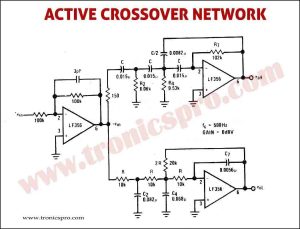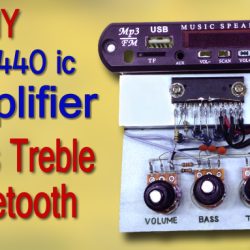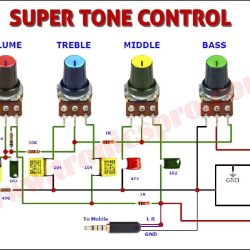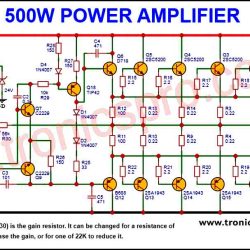Introduction
A Balanced Microphone Preamplifier is a device used to amplify the signal from a microphone before it is passed on and onward. It is essentially the first step in the audio chain and provides superior noise reduction by virtue of its “balanced” operation – an asymmetrical configuration that reduces signal-to-noise ratio, though slightly reduces the level of sensitivity. The Balanced Microphone Preamplifier Circuit works with both dynamic and condenser microphones for improved clarity and accuracy, adding definition to the overall sound, or allowing for further manipulation downstream. Additionally, when cranked up to higher levels this preamp creates a pleasant saturation effect; adding subtle color to your recordings.
Circuit Diagram
of Balanced Microphone Preamplifier Circuit

More Circuit Layouts
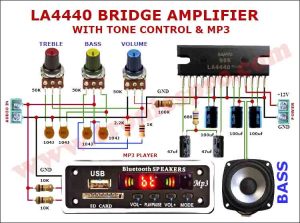
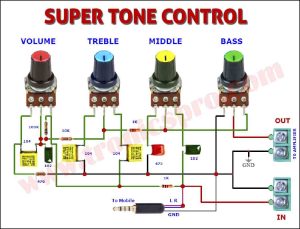
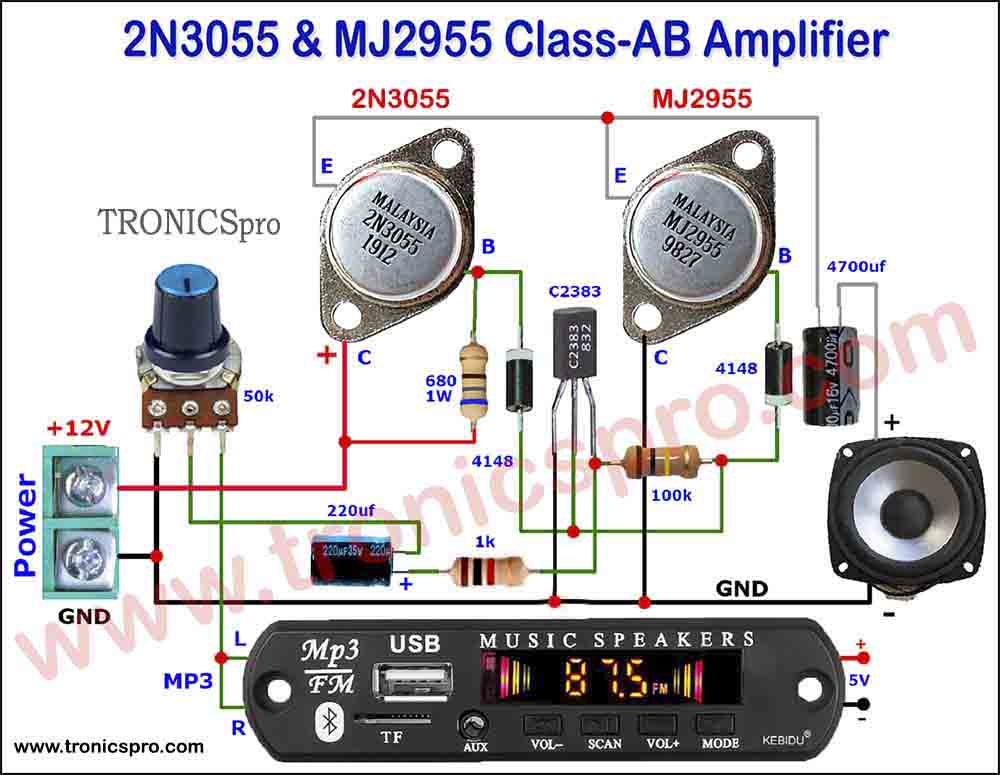

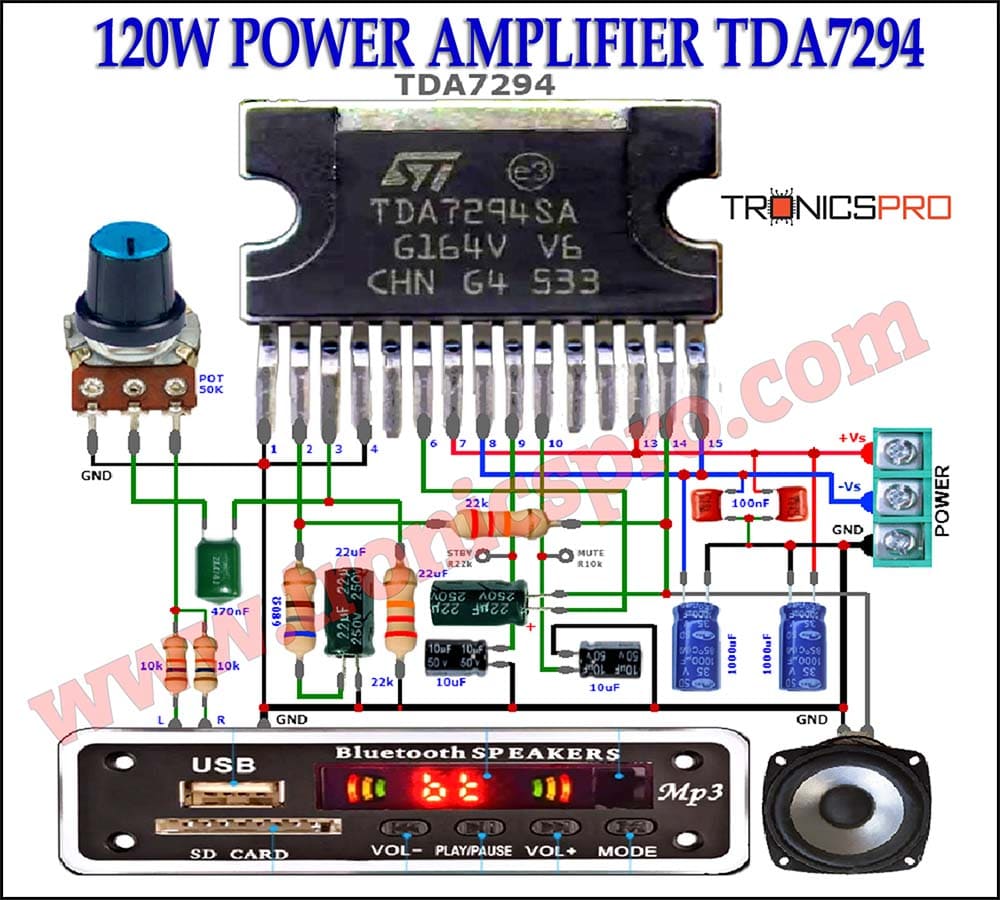
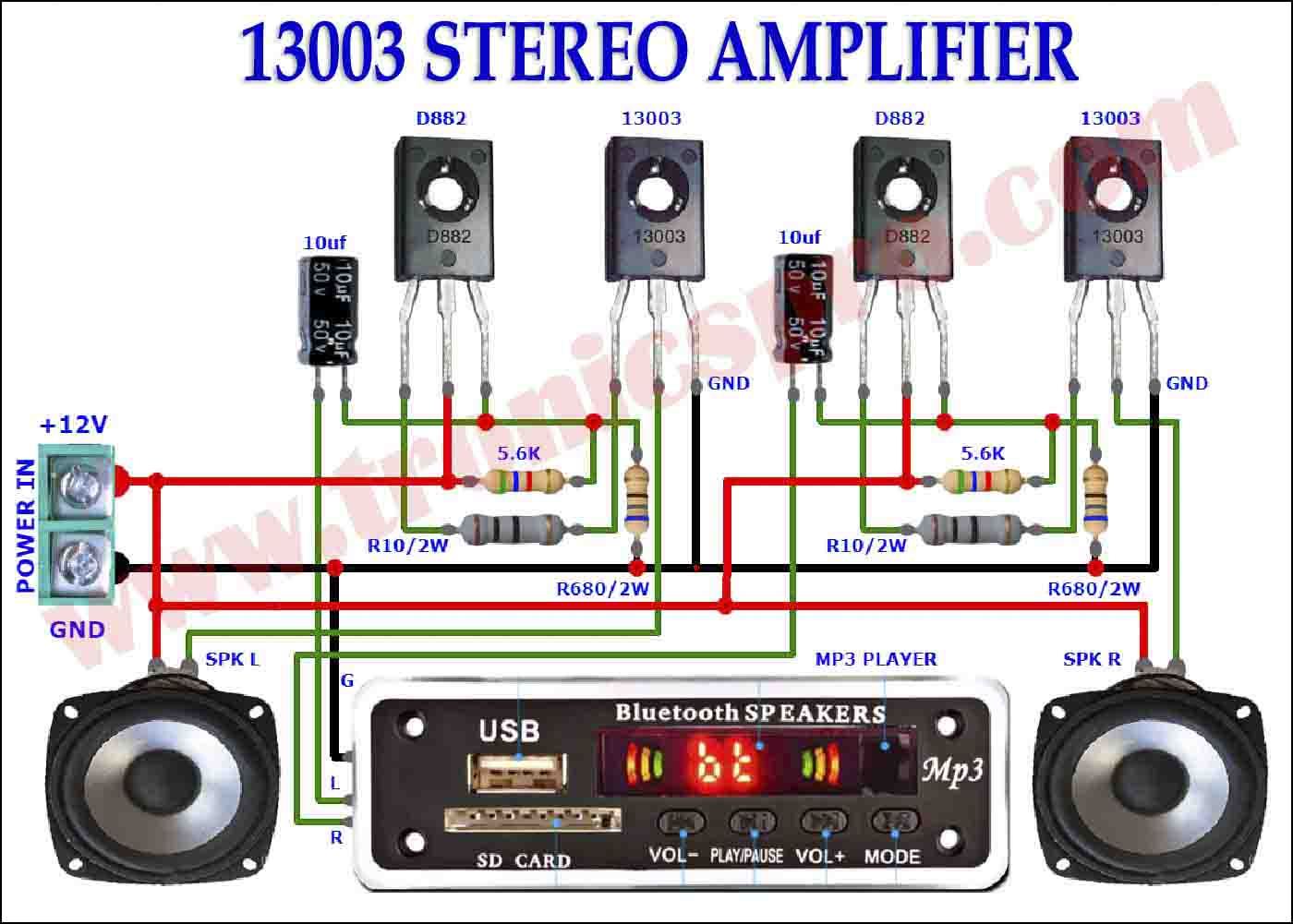

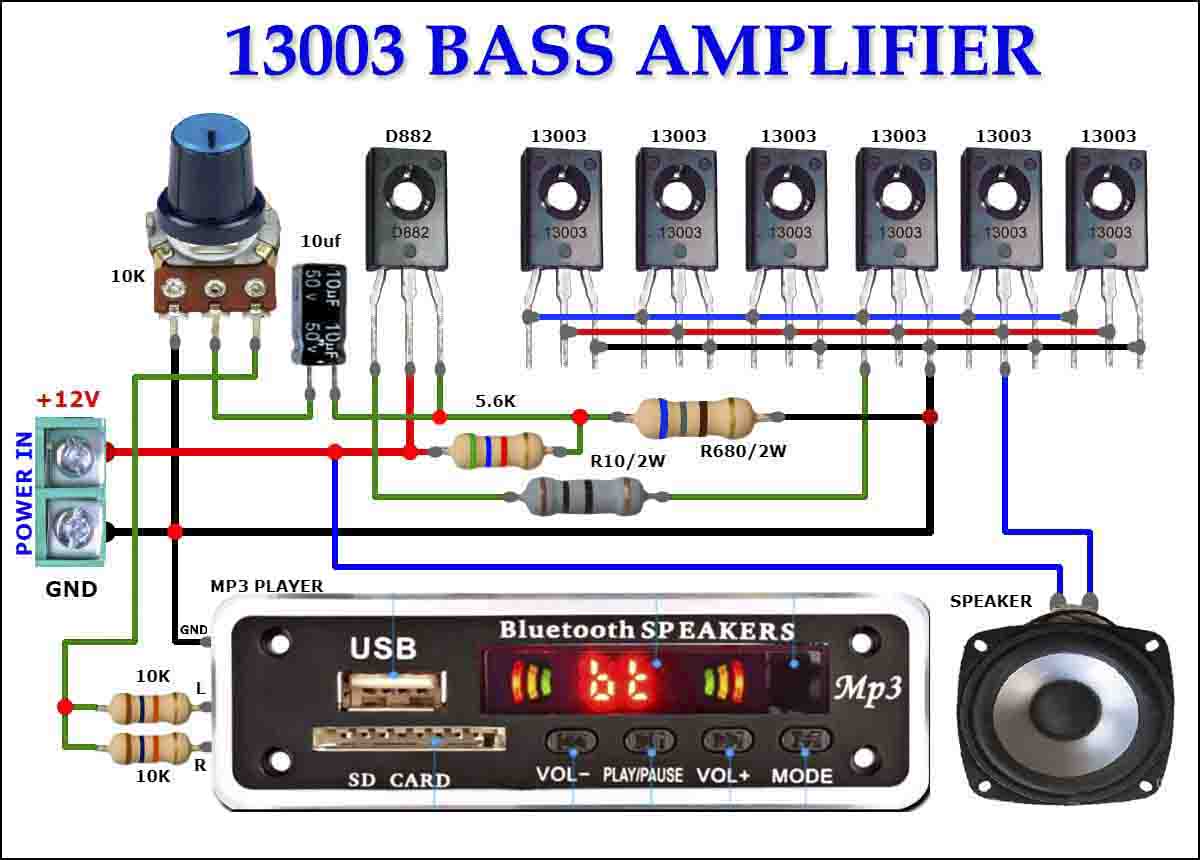



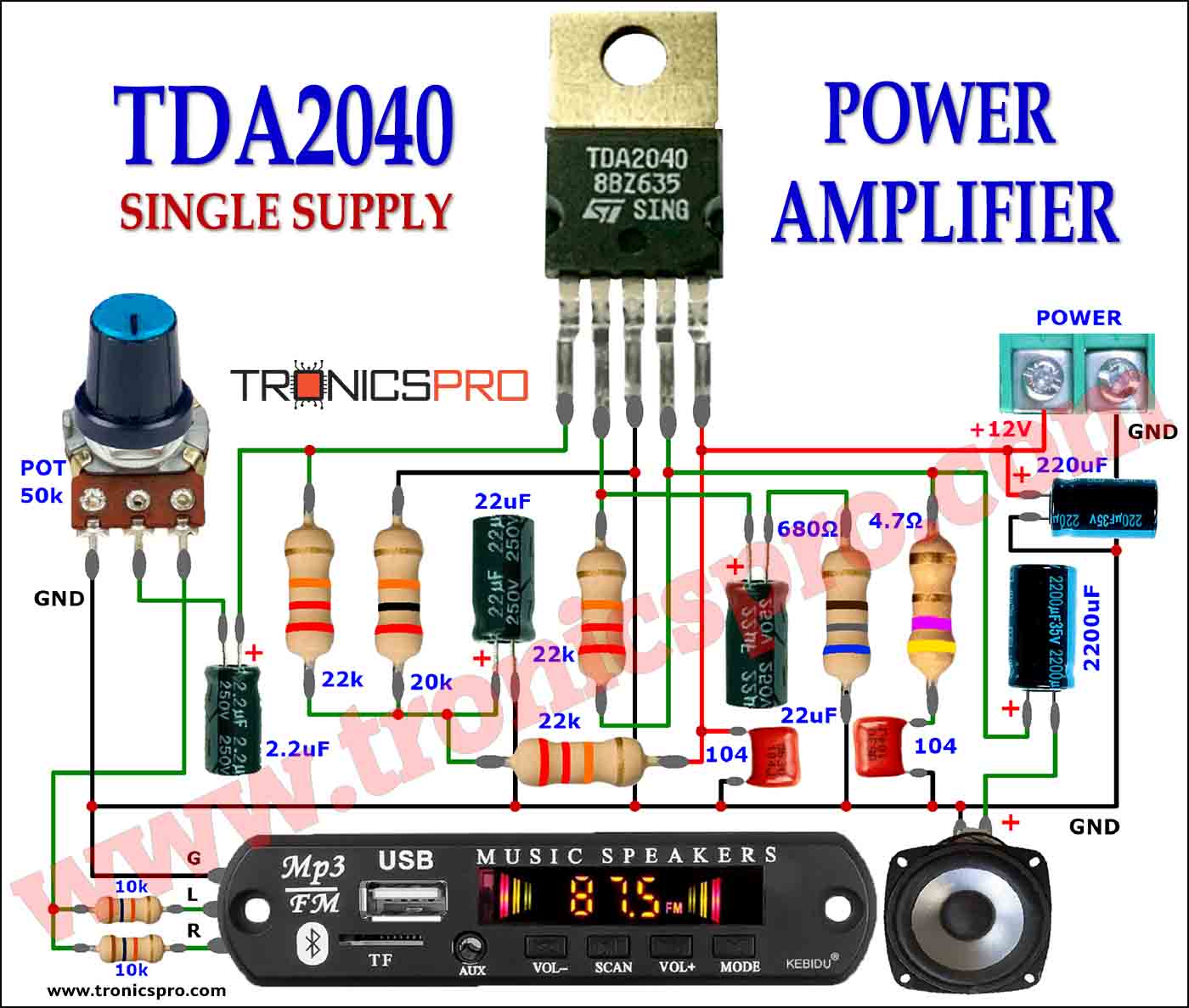
Working Explanation
of Balanced Microphone Preamplifier Circuit
The preamplifier is intended for use with moving coil (MC) microphones with an impedance of up to 200 ohms and balanced terminals. It’s far a reasonably easy layout, which will also be considered as a single-stage instrument amplifier based on a kind of NE5534 op-amp.
To achieve maximum common-mode rejection (CMR) with a balanced signal. The division ratios of the dividers (R1‚-R4 and R2-R5 respectively) at the inputs of the op-amp must be identical. Since this may be difficult to achieve in practice, a preset potentiometer, P1, is connected in series with R5. The preset enables the not unusual-mode rejection to be set optimally.
Capacitor c1‚ prevents any direct voltage on the input. Whilst resistor r7 guarantees the stability of the amplifier with capacitive loads. Resistor r3 prevents the amplifier from going into oscillation when the input is an open circuit. If the microphone cable is of affordable period. R3 is not important, since the parasitic capacitance of the cable guarantees the balance of the amplifier. It Should be noted, but, that r3 improves the cmr from >70 db to >80 db.
The performance of the preamplifier is very good. The THD+N (total harmonic distortion plus noise) is smaller than 0.1% with an input signal of 1 mV and a source impedance of 50 ohms. Under the same conditions, the signal-to-noise ratio is -62.5 dBA. With component values as specified, the gain of the amplifier is 50 dB (x316). After careful adjustment of P1‚ at 1 kHz, the CMR without R3 is 120 dB.
The supply voltage is ±15 V. The amplifier draws current at that voltage of about 5.5 mA. Observe the decoupling of the supply traces with l1‚, l2, c2-c5.


